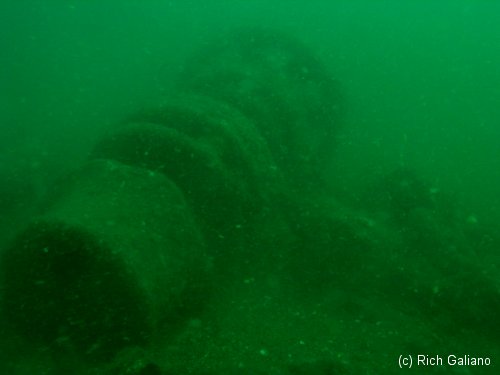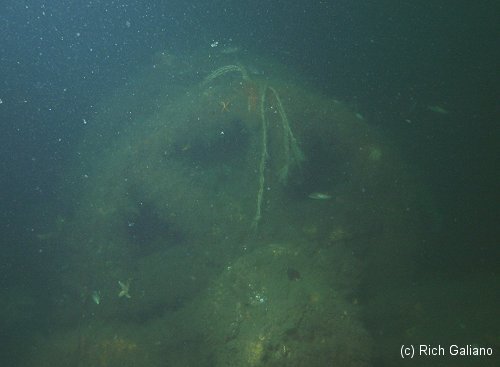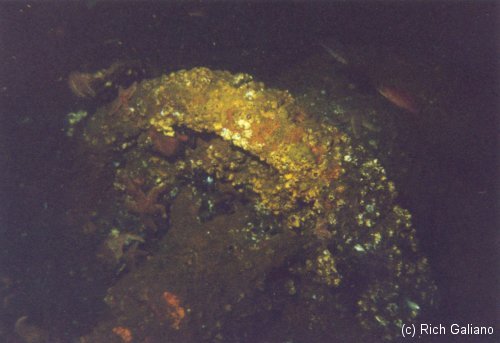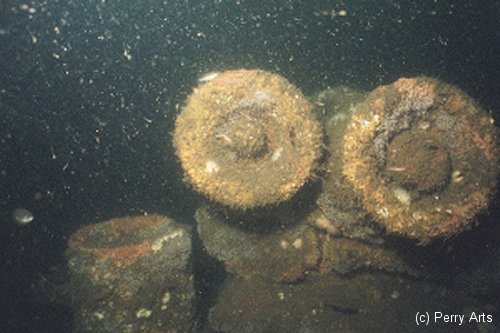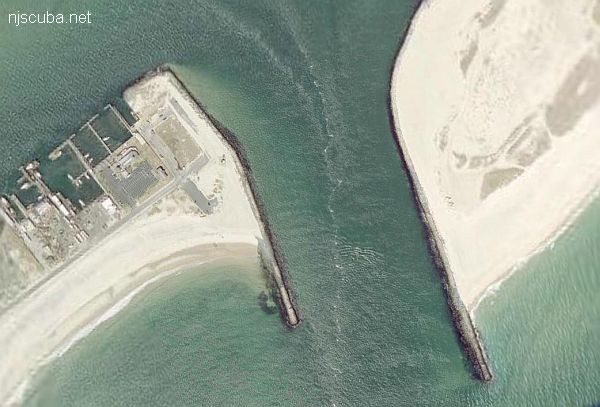Capstans & Winches
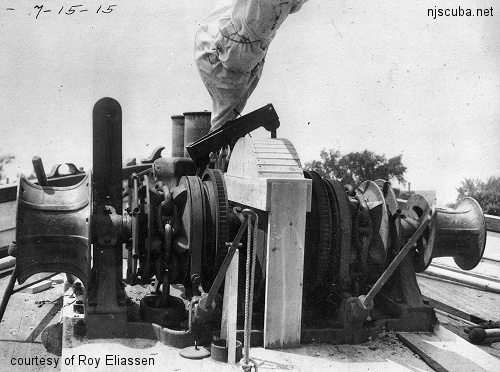
Prior to steam power, the only force available on a sailing ship to perform all the necessary work was the men on board. For some tasks, such as raising the anchor, it might be necessary to yoke the entire crew to a multi-deck manual capstan. On the largest vessels, even with every available man, this might take several hours to complete. With the advent of steam power, a "donkey engine" and a single engineer could do the work of many men, in less time, and these were soon installed in almost all vessels.
In layman's terms, the difference between a capstan or windlass and a winch is that a capstan or windlass has a vertical axis of rotation, while a winch has a horizontal axis of rotation.
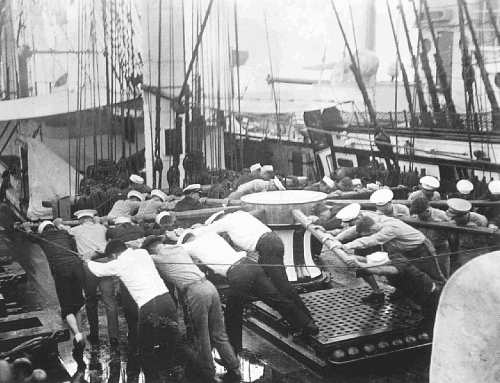
2 decks x 8 arms per deck x 4 men per arm = 64 men, and the Constitution was not a very big vessel, even for her day.
